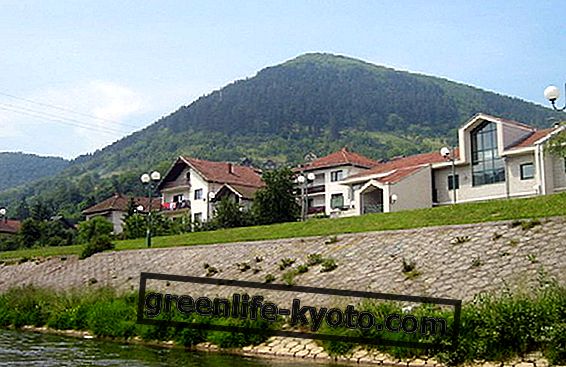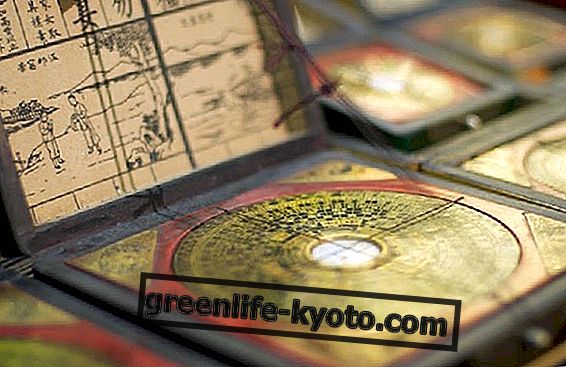
The skin is the largest organ of the human body, with adipose tissue it reaches a weight of about 8-10 kg., It performs numerous functions and constantly interacts with many body systems including the immune and nervous systems.
Often underestimated in its importance and multifaceted role, the skin is also a means of expression and communication within and outside the body, separating and protecting from the outside, but at the same time leading to external changes and somatic tensions closely connected to psychological sensations, such as redness, pallor, piloerection, itching, etc.
Like any other part of the body, it suffers from fatigue, temporary and chronic disorders, environmental disturbances, showing various types of somatization.
Among the most common manifestations today there are those called " stress dermatitis ", often linked to anxiety dermatitis, in other classifications they are included among the " atopic dermatitis " or forms of eczema. But more correctly it could be said that atopic dermatitis is one of the types of dermatitis that can be linked to psychosomatic factors.
Dermatitis is like a defense mechanism of the body that allows emotions to manifest and find an energetic outlet through the body's boundary, at the same time it signals to the individual, and to those with whom he interacts, that something is balanced. is altered.
Analyzing the psychosomatic aspects of dermatitis is therefore a useful procedure to correctly understand the causes of some manifestations. In a more general sense, the reflex analysis of psychosomatic points is for example suggested and practiced by reflexology precisely to explore and study such manifestations and traces.
On the skin and through it can in fact find conflicts and unresolved problems, as well as events that are not in progress but relate to moments and phases of life. Recurrent anxiety, problems in the relationship with one's parents or with emotionally significant people, emotional fragility, a sense of dependence, sexual difficulties, self-aggression, bereavement or trauma, can for example be just as many causes of manifestations through the skin and its characteristics.
The poor metabolism of some emotions, as well as the chemicals that the body cannot transform, end up leaving a mark or trace. Stress, through the eponymous axis of action consisting of hypothalamus-pituitary-adrenal glands, modifying the response and interfering with the mechanisms of inflammation and immunity, as well as altering some other neuroendocrine mediators, can trigger, aggravate or render more persistent those mechanisms that they produce dermatitis; this especially in genetically predisposed subjects and in those for which environmental and social factors (family, work, school problems, etc.) cause awareness and greater fragility.
Emotional factors, especially in acute phases such as trauma or at certain moments in the life cycle, act as stressors interfering with neurotransmitters and neuromodulators and determining psychosomatic responses, often unexpected, through the socio-psycho-neuro-endocrine-immune network ( SoPNEI). These mechanisms have been in place since childhood, when the mother-infant relationship (and parents-children in general) plays a strategic role.
According to various studies, some dermatitis of children depend on the insecurity or lack of care that the mother transmits (sometimes without even being aware of it) to the child, who will manifest deficiency disorders. In this regard, both studies on monkey cubs and data on the effects on children of affective deprivation in orphanages are well known.
The skin, as everyone well perceives, is one of the privileged channels through which it manifests itself and transmits affection, love and care. Some scholars have formulated a behavioral typology of the adult who has suffered from such deficiencies (with manifestations of inadequacy, hypersensitivity, sexual difficulties with a tendency to masochism, cutaneous eroticism, etc.).
No less interesting are the relationships, still under study, between forms of atopic dermatitis and bronchial manifestations . An operator, if qualified and attentive to these aspects, will be able to suggest which methods may be of disclosure and then of support in relation to these traces, helping in overcoming forms of dermatitis whose solution is completely ineffective, or only partially and temporarily useful, drugs and ointments now widely distributed. When the cause is not clearly bacterial or viral, when it is difficult to identify organic and medical pathological causes, a holistic approach integrated with the psychosomatic component can help to clarify the situation.
As for epidemiology, according to some research data, the relationship between skin and stress, or psychosomatic manifestations, tend to be more common and frequent in women. Stress can manifest itself in very different ways such as: hives, hair loss, psoriasis, neuro dermal itching, seborrheic dermatitis, atopic dermatitis, hyperhidrosis, some forms of acne, etc.
Through a survey, conducted by dermatologists, on about 5000 people treated for various types of dermatosis, the percentages of probable activation of the same due to emotional causes were estimated .
The data, although not absolutely generalizable, are very significant about the weight, in many cases predominant, of the psychosomatic factor.
These are some data:
> 100% Hyperhidrosis
> Neurotic excoriations 97%
> 96% aerated alopecia
> Rosacea 94%
> Itching 85%
> Atopic dermatitis 70%
> Urticaria 68%
> Psoriasis 62%
> Unspecified dermatitis 55%
> Acne vulgaris 55%
> Seborrheic dermatitis 41%
> Cisti 27%
In summary, frequently neglected and often attributed to undefinable causes, many dermatitis are the further reflection of the psyche-body dialogue, signals that an integrated psychosomatic analysis can help to frame and therefore to treat not only from the point of view of symptoms .












